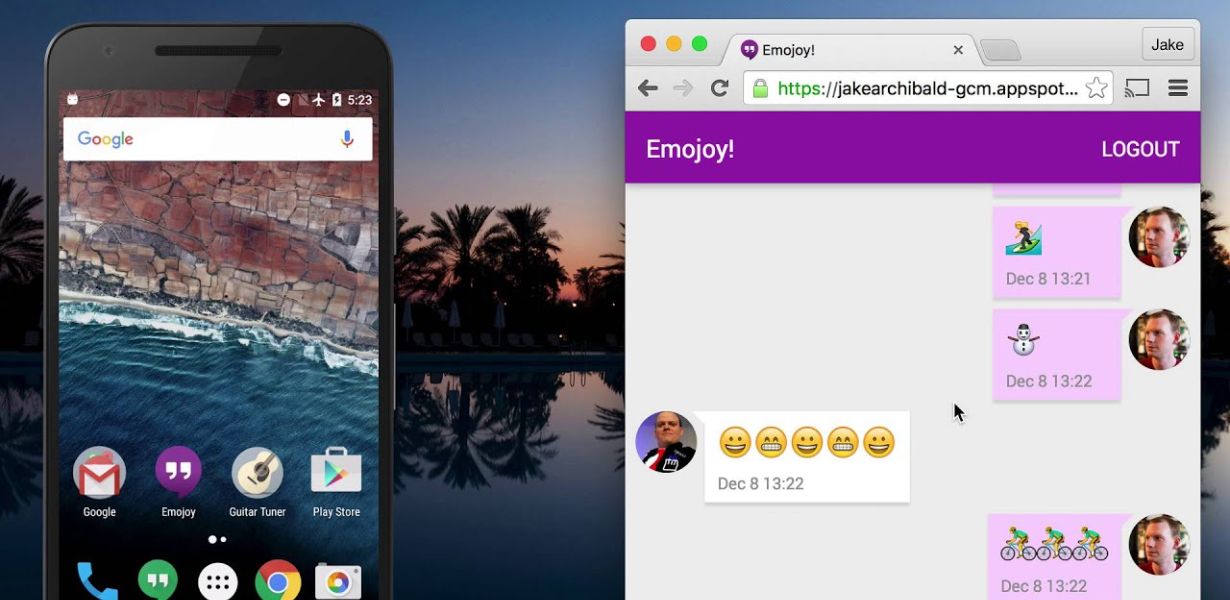
Revolutionizing Data Management: Unveiling the Power of Background Sync 2.0
- Post
- August 8, 2023
- Background Sync, Progressive Web Apps, Web Technologies
- 0 Comments
In the ever-evolving landscape of technology, data management stands as a critical pillar. The seamless flow and synchronization of data have become paramount, and this is precisely where Background Sync 2.0 enters the stage. In this comprehensive guide, we delve into the depths of this revolutionary concept that promises to reshape how we handle data synchronization. Let’s embark on a journey to uncover the potential of Background Sync 2.0 and understand how it can transform the way we manage data.
The Essence of Background Sync
Background Sync, a term often associated with Progressive Web Apps (PWAs), is the process of synchronizing data in the background, even when the user isn’t actively interacting with an application. It’s a game-changer that enhances user experience by ensuring data consistency, especially in cases where network connectivity might be compromised.
State Offline Background Sync takes this concept to the next level. It enables the application to save the user’s actions while offline and then sync them when a connection is reestablished. This means users can continue interacting with the app seamlessly, irrespective of their internet status.
Embracing the Offline Advantage
Traditional web applications often struggle to maintain a consistent user experience when network issues arise. With Offline Background Sync, this challenge becomes a thing of the past. Users can interact with the app, confident that their actions are being recorded and will be executed once connectivity is restored.
The Mechanics Behind Background Sync 2.0
Offline Background Sync operates through a series of steps:
Event Capture: The application captures user interactions, such as form submissions or updates.
Background Sync Registration: These captured events are registered for background synchronization.
Synchronization: When the device regains connectivity, the registered events are automatically synchronized with the server.
A Promising Horizon for PWAs
PWA Background Sync ushers in a new era for Progressive Web Apps. It enables them to match the performance of native apps, bridging the gap between web and mobile applications. This is particularly impactful for e-commerce platforms, content consumption apps, and any service that relies on real-time user interactions.
The Security Paradox
While the power of Background Sync 2.0 is undeniable, concerns regarding security arise. Synchronizing sensitive data in the background might expose vulnerabilities. Therefore, it’s imperative to implement encryption and adopt security best practices to safeguard user information.
Implementing Background Sync 2.0: Best Practices
Event Batching: Grouping multiple events together for synchronization minimizes the frequency of sync requests.
Conflict Resolution: Develop strategies to handle conflicts that might arise when the same data is edited offline and online simultaneously.
User Control: Empower users with control over what data gets synchronized in the background, respecting their privacy.
Unveiling the Benefits
Enhanced User Experience: Applications feel responsive and seamless even in low or no connectivity scenarios.
Data Consistency: Users can trust that their actions won’t be lost, maintaining a consistent app state.
Increased Engagement: PWA Background Sync boosts user engagement by allowing them to interact without interruption.
Reduced Abandonment: Background Sync minimizes the chances of users abandoning transactions due to connectivity issues.
Final Words
Background Sync 2.0 is more than just a technological advancement; it’s a paradigm shift in how we manage data. By seamlessly integrating user interactions with server synchronization, Background Sync 2.0 ensures that no action is lost or disrupted due to connectivity challenges. As we navigate an increasingly connected world, embracing this innovation can set businesses and applications apart, delivering an unparalleled user experience.
Commonly Asked Questions
Q1. How does Background Sync 2.0 impact data security?
Background Sync 2.0 introduces challenges related to data security. Implementing encryption and robust security measures is crucial to protect sensitive user information during synchronization.
Q2. Can Background Sync 2.0 be applied to all types of applications?
While Background Sync 2.0 holds great potential for various applications, its suitability depends on the nature of the app. Real-time interactions and data consistency are vital factors to consider.
Q3. What happens if conflicts arise during synchronization?
Conflict resolution mechanisms need to be implemented to address conflicts arising from simultaneous edits of the same data offline and online. Strategies like timestamp-based resolution can help maintain data integrity.
Q4. Does Background Sync 2.0 work with native apps as well?
Background Sync 2.0 is primarily associated with Progressive Web Apps (PWAs) due to their hybrid nature that combines web and app functionality. Native apps might have similar synchronization mechanisms, but they are typically managed differently.
Q5. How can businesses leverage the advantages of Background Sync 2.0?
Businesses can capitalize on Background Sync 2.0 by enhancing user experience, reducing transaction abandonment, and boosting engagement. It’s essential to implement the technology seamlessly and prioritize user privacy and data security.




